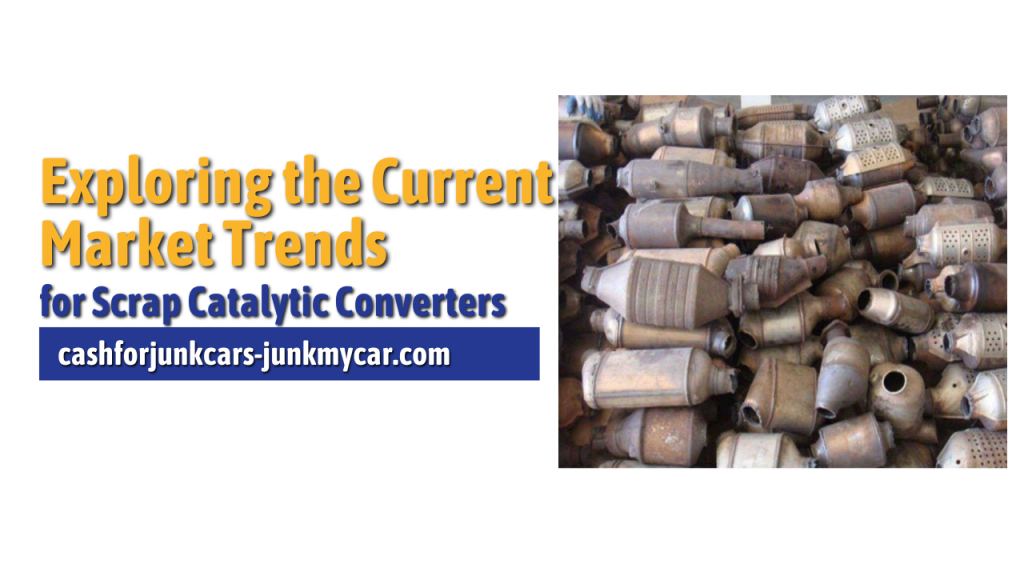In the ever-evolving landscape of recycling and scrap metal industries, certain commodities stand out for their consistent demand and fluctuating market dynamics. Among these, catalytic converters have garnered significant attention due to their intrinsic value and the precious metals they contain. Understanding the prevailing market trends for scrap catalytic converters in Chicago is crucial for both seasoned traders and newcomers looking to capitalise on this lucrative niche.
Rising Demand and Price Fluctuations
In recent years, the demand for scrap catalytic converters has surged, driven by various factors such as stricter emissions regulations, technological advancements in automotive engineering, and the growing global focus on sustainability. As a result, the prices of precious metals found within catalytic converters, including platinum, palladium, and rhodium, have experienced unprecedented fluctuations, often influenced by geopolitical events, supply chain disruptions, and shifts in consumer preferences.
Impact of Automotive Industry Trends
The automotive industry plays a pivotal role in shaping the market dynamics of scrap catalytic converters. Chicago, as a hub for automotive manufacturing, sales, and maintenance, experiences direct repercussions from industry trends. For instance, the rise of electric vehicles (EVs) and hybrid cars has led to speculation about the long-term viability of traditional internal combustion engines, potentially affecting the future availability and value of catalytic converters.
Regulatory Changes and Environmental Policies
Government regulations and environmental policies also exert a significant influence on the scrap catalytic converter market in Chicago. Emissions standards, recycling mandates, and initiatives aimed at reducing air pollution can impact the supply chain and pricing dynamics. Compliance with regulatory requirements, such as proper disposal and recycling practices, is essential for businesses operating in this sector to avoid penalties and maintain credibility.
Technological Innovations and Recycling Processes
Advancements in recycling technologies and extraction methods have contributed to the optimization of scrap catalytic converter recycling processes. Chicago-based recycling facilities are increasingly investing in state-of-the-art equipment and refining techniques to maximize the recovery of precious metals from catalytic converters while minimizing environmental impact. These innovations play a pivotal role in shaping the competitiveness and sustainability of the local recycling industry.
Market Transparency and Consumer Education
In the context of the scrap catalytic converter market in Chicago, transparency and consumer education are paramount. With numerous buyers and sellers operating in the region, understanding the intricacies of pricing mechanisms, metal content assessment methods, and industry regulations is essential for making informed decisions. Collaborative efforts between stakeholders, including government agencies, industry associations, and recycling businesses, can enhance market transparency and promote responsible practices.
Navigating Challenges and Seizing Opportunities
Despite the promising prospects presented by the scrap catalytic converter market in Chicago, several challenges persist, ranging from the risk of theft and fraud to the complexities of metal content identification and valuation. However, with careful research, adherence to best practices, and strategic partnerships, individuals and businesses can navigate these challenges and capitalize on the opportunities presented by the evolving market landscape.
Conclusion
As Chicago continues to position itself as a leading hub for recycling and sustainable practices, the scrap catalytic converter market remains a focal point of interest and investment. By staying abreast of market trends, regulatory developments, and technological innovations, stakeholders in Chicago’s recycling industry can adapt to changing dynamics, mitigate risks, and maximize profitability in this dynamic and vital sector.
